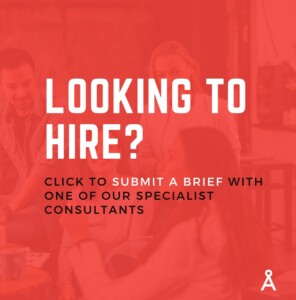In a world where buyer expectations evolve faster than your product roadmap, building a high-performing sales team in 2025 is no longer about hiring high-energy reps and handing them a script. For MarTech and SaaS leaders, the real competitive edge lies in structured hiring, strategic onboarding, and incentive models aligned with today’s complex B2B sales cycles.
Here’s your actionable playbook to assemble a sales team that doesn’t just promise results—but actually delivers.
1. Design the Right Sales Org Structure
Before you open LinkedIn Recruiter, you need to know what you’re building. Are you selling a product-led growth tool that requires SDRs focused on volume? Or an enterprise SaaS platform needing solution consultants and long-cycle closers?
2025 Org Design Trends:
-
Hybrid AE/CSM roles for SMB SaaS with fast renewals
-
Vertical-specific pods for MarTech firms targeting distinct sectors (e.g., retail, finance)
-
Revenue Ops early hires to ensure scalability and automation from day one
“The best hires we made last year were ones we identified before the need became urgent. Org design drove our headcount plan, not the other way around.” – VP of Sales, Series B MarTech Platform
2. Hire for Coachability, Not Just Credentials
Top performers in 2025 blend EQ with adaptability. They understand that the modern buyer journey is messy, nonlinear, and often anonymous for long stretches.
What to look for:
-
Experience navigating multi-threaded sales processes
-
Familiarity with RevTech tools like Gong, 6sense, or Outreach
-
Hunger to learn from feedback loops and win/loss analysis
Pro Tip: Use scenario-based interviews to surface how reps think under pressure and how they self-assess.
3. Onboard with Impact in the First 30 Days
Forget bloated playbooks and endless product decks. Instead, focus on outcomes. Onboarding should equip your reps with:
- A clear ICP and buyer persona understanding
- Talk tracks based on actual customer voice data
- Recorded demos and objection-handling sessions
2025 Onboarding Formula:
🎯 1 week of product immersion
🎯 2 weeks of shadowing and mock calls
🎯 1st call by day 15, pipeline target by day 30
4. Incentivise Behaviour That Matches Business Goals
Too many SaaS firms still rely on blunt quota systems. In 2025, progressive revenue leaders are getting smarter about aligning incentives to:
- Net Revenue Retention (not just new logos)
- Sales velocity improvements (for mid-market)
- Land-and-expand success (for usage-based models)
“We rewired our comp plan to reward pipeline sourced by reps and usage milestones, not just contract value. It completely changed behaviour.” – CRO, Martech Unicorn
5. Use Data to Coach, Not Punish
The age of subjective 1:1s is over. Tools like Clari, Gong, and Salesforce Einstein give leaders rich insight—but it’s how you use that data that counts.
- Use call scores to identify coaching moments
- Track time-to-first-deal and deal slippage
- Run weekly pipeline quality reviews—not just quantity
Final Thought
Your competitors are investing in AI tools, better branding, and smarter marketing. But none of that matters if your sales team can’t convert interest into revenue. In 2025, the edge goes to leaders who treat sales hiring and enablement like a product—designed, tested, refined.
Start building a team that doesn’t just talk a good game—start building one that hits target.



















Recent Comments